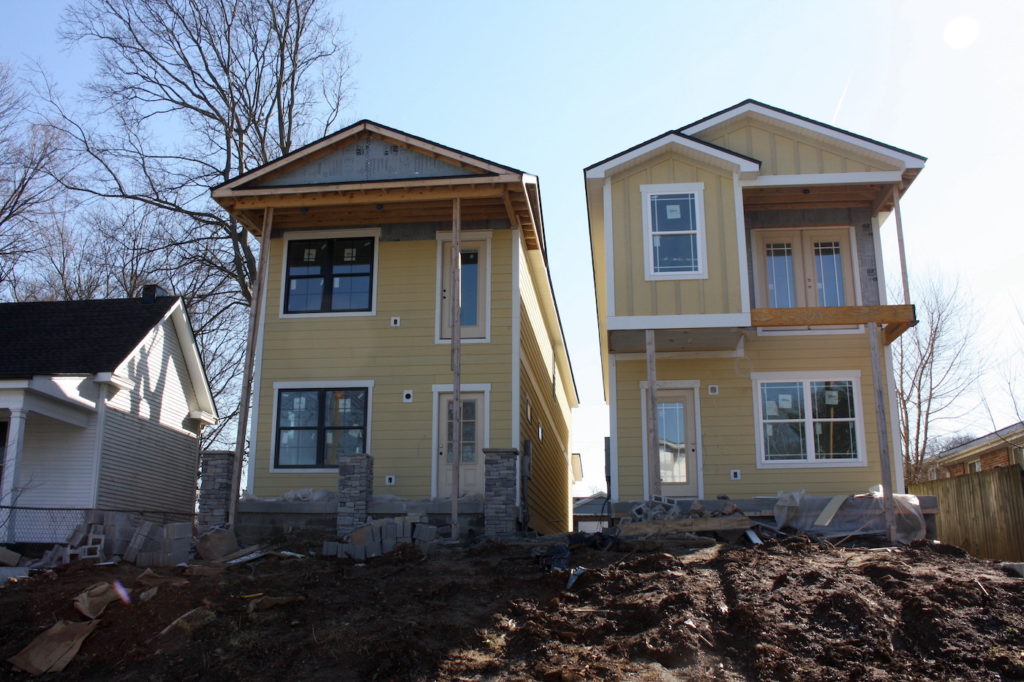
President Trump sparked uproar last week when he proposed a 50-year mortgage. Many people, including Trump’s own supporters, criticized the idea.
Now, Middle Tennessee State University has joined the opposition, citing a report from the school’s College of Business.
The report gives an example of a $400,000 home (roughly equal to the median price of a home in Tennessee — $394,700). A 50-year mortgage would leave the homebuyer paying an additional $537,910 more in interest, while savings would total around $54 a month.
“A 50-year mortgage might sound appealing because it lowers your monthly payment,” writes the report’s author Michael Peasley, an assistant professor of marketing at MTSU. “However, stretching a loan over 50 years dramatically increases the total interest cost and only minimally decreases your monthly payment.”
The standard 30-year mortgage has been around for close to a century, emerging out of the Depression era, under President Franklin D. Roosevelt. That led to President Trump proposing his idea through an image posted to Truth Social: under the heading “Great American Presidents” there was an image of Roosevelt with the label “30-Year Mortgage,” and image of Trump, accompanied by “50-Year Mortgage.”
It’s an attempt at addressing the housing affordability crisis, which has become increasingly dire amidst a chronic undersupply of affordable options.
Some — like in this Planet Money analysis — have argued that a 50-year mortgage actually isn’t that different from a 30-year one, given that homeowners often abandon their mortgages before they end (either through selling the home or refinancing). Because of this, a 50-year mortgage could end up serving as a cheaper month-to-month alternative. That being said, they acknowledge that a very long-term loan — like a 50-year mortgage — does increase the probability of homeowners owing more than their house is worth, which could leave homeowners underwater.
And, it’s reasons like this — the possibility of leaving buyers vulnerable — that leads MTSU researchers to conclude that a change in mortgage structures is “not a viable solution” to growing concerns about housing affordability.

